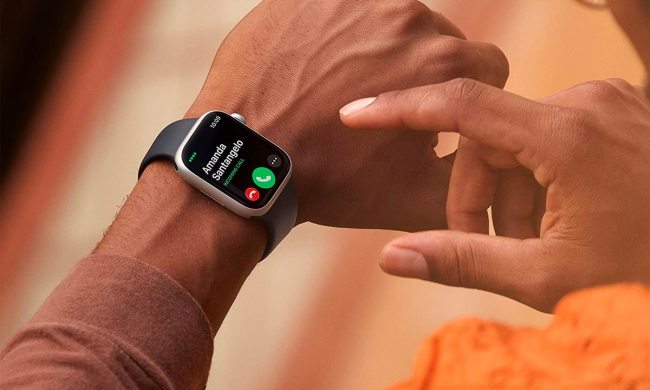“If you want to get serious about ECG readings, the KardiaMobile 6-Lead is one of the best gadgets out there.”
- Small, compact size
- Very easy to operate
- Six-lead EKG readings
- Ability to export data for clinical use
- Fair price
- Extras can get pricey
- No free trial for optional subscription
Have you seen TV ads for the AliveCor KardiaMobile 6-Lead Personal EKG Monitor? These commercials feature someone asking folks on the street whether their heart is healthy. Interestingly, most people don’t have a clue. This is where the tiny KardiaMobile device comes in. It works with your smartphone and promises a real-time heart health assessment.
Does it work? That’s what I wanted to find out, so I purchased one. Here’s what I learned.
Why I bought an EKG monitor for myself
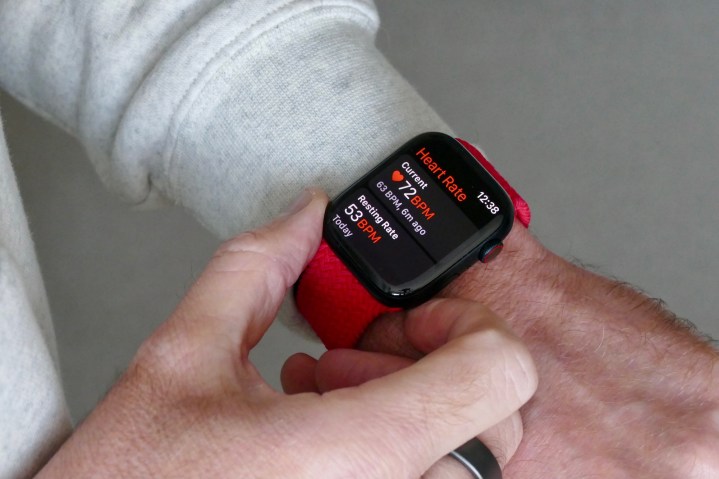
I purchased the KardiaMobile a few months after my primary care provider performed a traditional EKG test on me and noticed a problem. This information led to me having a heart catheterization, which led to a stent being placed into one of my arteries. The stent opened up a blocked artery outside my heart.
As a long-time Apple Watch user, I have always understood the importance of its electrocardiogram app. The app — which you can find on the current Apple Watch Series 9 and Apple Watch Ultra 2, as well as a few older models — is designed to detect atrial fibrillation (AFib), an irregular heart rhythm. When that happens, you should make your way to a hospital stat because something probably isn’t right with your heart — although Apple makes no claims you might be having a heart attack.
My Apple Watch never detected an irregular heart rhythm, but an EKG at the hospital did. The reason, no doubt, is because of the number of leads. The watch offers one lead, while a medical-grade EKG uses up to 12 leads. The more leads, the more comprehensive the view of your heart’s electrical activity you’ll receive.
An Apple Watch can only measure heart rate and rhythm. This is why I purchased the KardiaMobile, which is considered a medical-grade EKG and includes six leads.
What is the KardiaMobile 6-Lead?
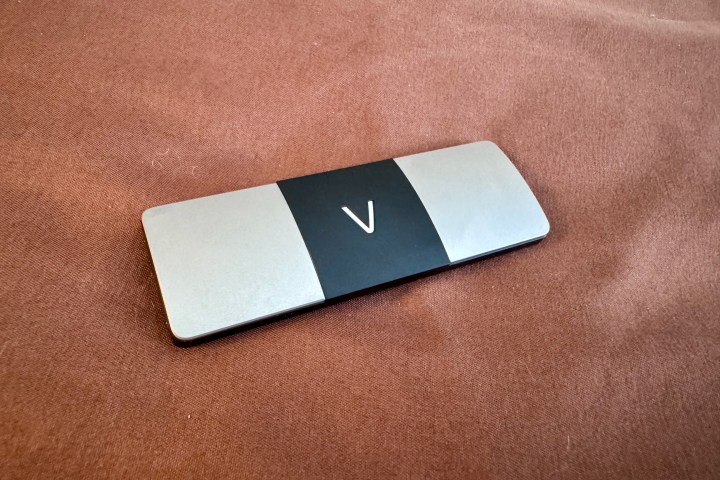
The KardiaMobile 6-Lead is the only six-lead personal EKG that has been FDA-cleared. Previous KardiaMobile products, including the KardiaMobile Card and KardiaMobile, are older devices that remain on the market.
Both are slightly cheaper than the KardiaMobile 6-Lead but only offer a single lead. Today, most mainstream smartwatches include single-lead EKG technology, which makes other KardiaMobile products no longer necessary, assuming you have one of those watches.
The KardiaMobile 6L requires no wires, patches, or gels and is powered by a replaceable 3V CR2016 coin cell battery. It works with iPhones and Android phones. Measuring just 3.54 x 1.18 x 0.28 inches and weighing just 24 grams, the KardiaMobile 6-Lead is storable in its original box, although a $10 case is available on the KardiaMobile website.
It’s important to note that the KardiaMobile 6L device has not been tested or recommended for use with pacemakers or ICDs.
What’s it like to use the KardiaMobile 6-Lead

The KardiaMobile 6L connects to your smartphone like any other Bluetooth accessory. In this case, I linked it to my iPhone 15 Pro Max using the official Kardia app. Once the device is set up, you can test your heart using one lead or six. Taking a six-lead measurement takes no longer than the one-lead option, so choosing the latter doesn’t make any sense unless you don’t currently have access to the bare skin of your left leg.
Using the six-lead requires putting your fingers or thumbs on the two electrodes on the top of the device and the skin from your leg on the device’s bottom electrode. When you perform a one-lead test, you only need to put your thumbs on the top two electrodes.
The KardiaMobile 6L can record six EKG leads, including I, II, III, aVL, aVR, and aVF. Each lead measures the electrical activity of the heart from different perspectives. For instance, lead I measures the electrical activity between the right arm (RA) and the left arm (LA), while lead II measures the electrical activity between the right arm (RA) and the left leg (LL).
Lead III measures the electrical activity between the left arm (LA) and the left leg (LL). Furthermore, aVL provides a view of the high lateral wall of the left ventricle, which is the outer side of the heart’s main pumping chamber, while aVR offers a view of the heart’s right atrium and the right upper side of the heart. Lastly, aVF looks at the inferior wall of the left ventricle, which is the bottom part of the heart’s pumping chamber. As you can probably guess, it’s a lot more thorough than a simple ECG scan from your Apple Watch.
Using the KardiaMobile 6L is quick and easy, taking only 30 seconds. Once the process is complete, you will receive results indicating whether you suffer from AFib, Bradycardia, or Tachycardia. Bradycardia and Tachycardia are medical terms that describe abnormal heart rhythms based on the number of beats per minute (bpm). Bradycardia is when you have a slow heart rate, while with Tachycardia, you have a fast one.
Okay, but what does all this mean?
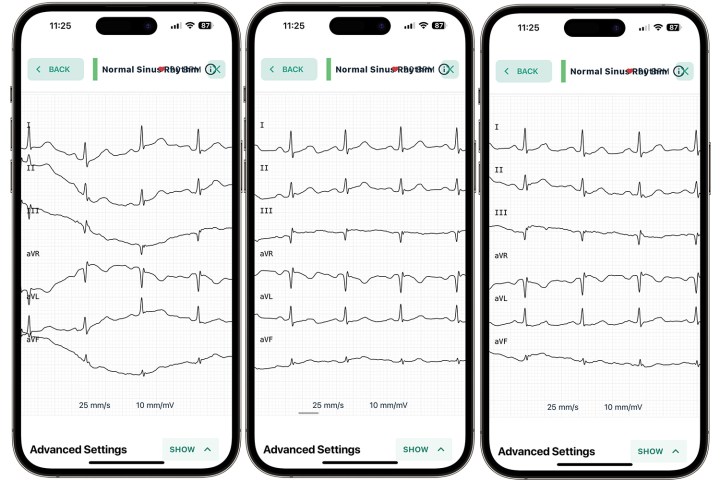
The KardiaMobile 6L provides a comprehensive summary of any possible ailments you may be experiencing. In addition, the device maintains a record of all your tests in the Kardia app, along with a digital reading of each EKG wave detected during the test. These waves indicate a specific electrical activity within the heart during a heartbeat.
These waves mean nothing to anyone with no medical background, such as myself. However, physicians can review this information to provide further insight as needed. You can download this information on your phone via a PDF, order a clinician review, or speak with a cardiologist via the telephone or video call.
Are there extra costs?

The KardiaMobile 6L can provide unlimited EKG readings without a subscription. However, you can subscribe to KardiaCare monthly or yearly to access additional features. These features include advanced determinations, up to four annual EKG readings by a board-certified cardiologist, monthly heart health reports, medication tracking, and more.
By subscribing, you can access three additional determinations: Sinus Rhythm with Premature Ventricular Contractions (PVCs), Sinus Rhythm with Supraventricular Ectopy (SVE), and Sinus Rhythm with Wide QRS. These determinations can help your doctor better assess your heart health.
Although subscribing to KardiaCare may benefit users with a history of heart problems, it’s a good idea to consult a healthcare provider before making any such decisions. I don’t have any issues with KardiaMobile attempting to generate a regular monthly income from their existing customers. However, it’s a missed opportunity not to offer a free trial for KardiaCare within the app.
KardiaCare offers three subscription plans: Basic, Yearly, and Plus. The basic plan costs $12 per month, whereas the yearly plan costs $99 and helps you save some money. The KardiaCare Plus package is also available for $299, including KardiaCare for one year, a KardiaMobile 6L, and a blood pressure cuff.
The KardiaMobile 6L has a retail price of $130, though you can often find it discounted for less.
What’s peace of mind worth?
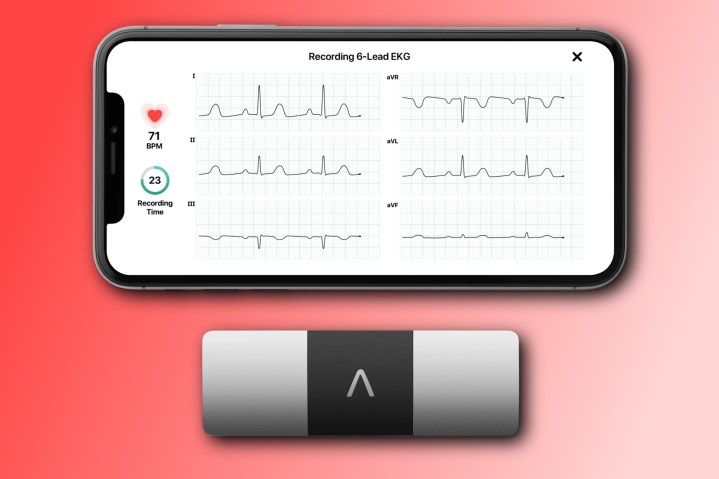
According to the CDC, someone in the United States has a heart attack every 40 seconds. This means that each year, about 805,000 Americans have a heart attack. Of these, 605,000 have suffered from a first heart attack.
It’s important to remember that no test can guarantee that you won’t have a heart attack. However, products such as KardiaMobile 6L can help you collect real-time heart health information that you and your doctor can use to assess your risks better.
The KardiaMobile 6L is a worthwhile product for older people and those with a history of heart problems, and its price is worth it. I plan to continue using it long after this review is published. Perhaps it will save my life one day or at least alert me to a growing problem with my heart.



